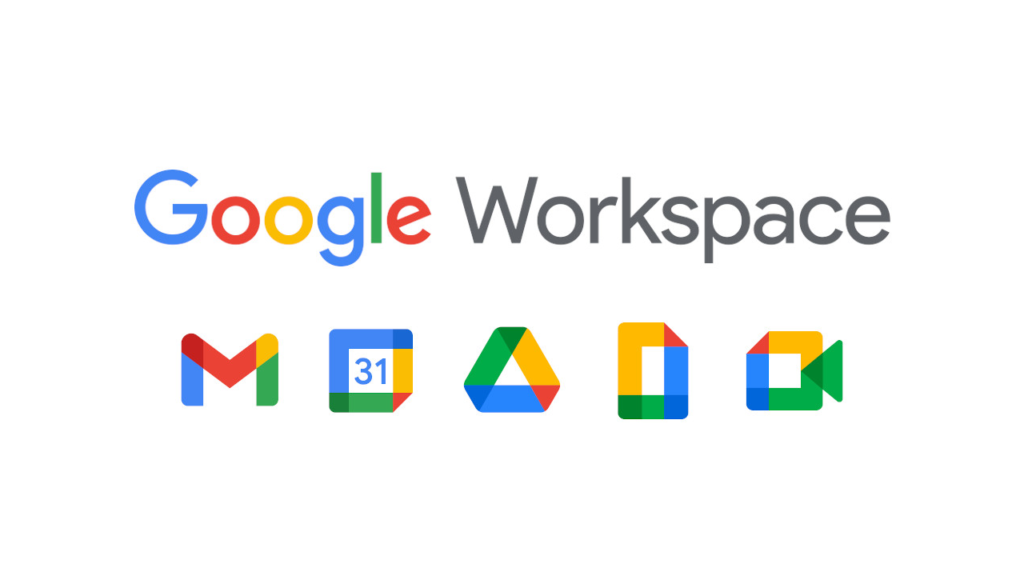Google Workspace (formerly known as G Suite) is a suite of cloud-based productivity and collaboration tools developed by Google.
Some of the top advantages of using Google Workspace include the following:
Collaboration
Google Workspace makes it easy for teams to work together on documents, spreadsheets, presentations, and other files in real time. Multiple people can work on the same file simultaneously and see changes in real time, which improves collaboration and helps teams work more efficiently.
Accessibility
Since Google Workspace is cloud-based, you can access your files and documents from anywhere, using any device with an internet connection. This makes it easy to work remotely or from different locations without having to worry about transferring files or losing data.
Security
Google Workspace provides robust security features to protect your data, including two-factor authentication, encryption, and spam and virus filtering. Google also provides regular updates and patches to ensure that its security measures remain up-to-date.
Integration
Google Workspace integrates with a variety of other tools, including Google Drive, Google Meet, Google Calendar, and Gmail. This makes it easy to manage your work and communications in one place, streamlining your workflow and increasing productivity.
Customization
Google Workspace is highly customizable, which means you can tailor the tools to your specific needs. For example, you can create custom templates for your documents, presentations, and spreadsheets or add custom branding to your emails. Additionally, you can use Google’s App Script to create custom apps that automate repetitive tasks.
Cost-effectiveness
Google Workspace is affordable, especially for small and medium-sized businesses. Additionally, there are different pricing plans available, depending on your needs. For example, if you only need access to basic Google Workspace tools like Gmail, Google Drive, and Google Docs, you can choose the “Basic” plan, which is less expensive than the “Business” or “Enterprise” plans.
The return on investment (ROI) of using Google Workspace can vary depending on the specific business needs and the size of the organization. However, there are several ways in which Google Workspace can provide a positive ROI for businesses:
Improved collaboration
Google Workspace can help teams collaborate more efficiently and effectively on projects, which can lead to increased productivity and better outcomes. With real-time collaboration features and easy file sharing, teams can work on projects simultaneously and share their progress with each other in real time. This can save time, reduce errors, and improve the quality of the work.
Lower IT costs
Since Google Workspace is cloud-based, it can reduce IT costs for organizations. With no hardware or software installation required, IT staff can focus on other critical tasks instead of managing hardware and software updates. This can reduce the costs associated with maintaining and upgrading IT infrastructure.
Scalability
Google Workspace can scale up or down easily to meet the changing needs of an organization. As businesses grow or change, they can easily add or remove users or change the level of service needed without incurring significant additional costs.
Reduced training costs
Google Workspace is a user-friendly and intuitive platform that can help reduce training costs for organizations. The consistent user interface across all Google Workspace apps means that users can quickly become proficient with the tools, reducing the time and expense associated with training.
Enhanced security
Google Workspace provides robust security features, including two-factor authentication, encryption, and spam and virus filtering. These features can help reduce the risk of security breaches and protect the business from cyber threats. This can reduce the costs associated with data breaches, which can be significant.
ROI
Overall, Google Workspace can provide a positive ROI for businesses by improving collaboration, reducing IT costs, providing scalability, reducing training costs, and enhancing security.



